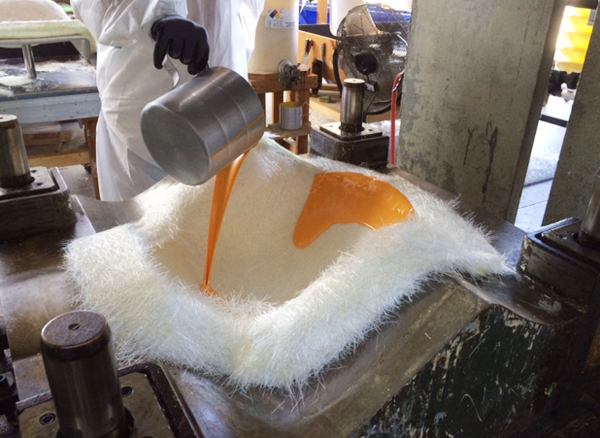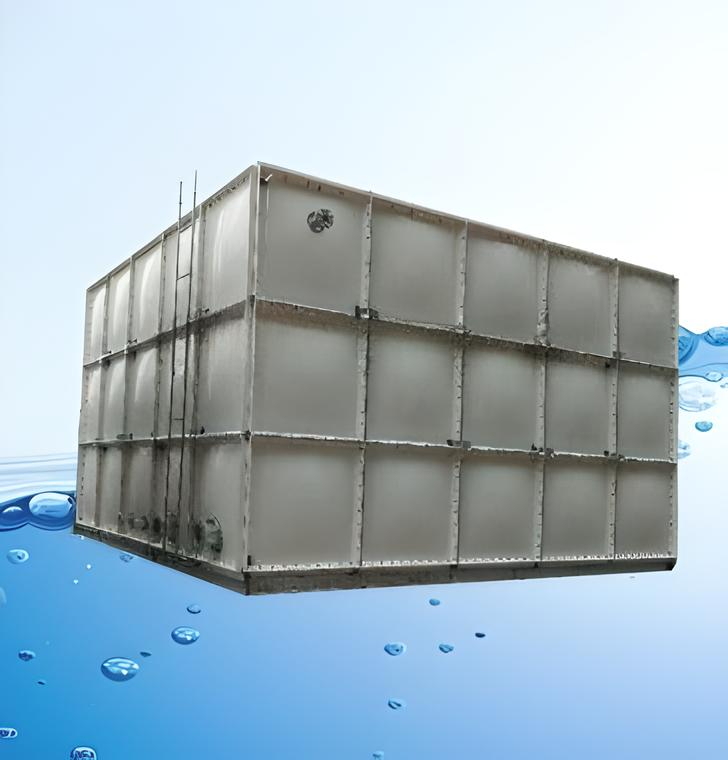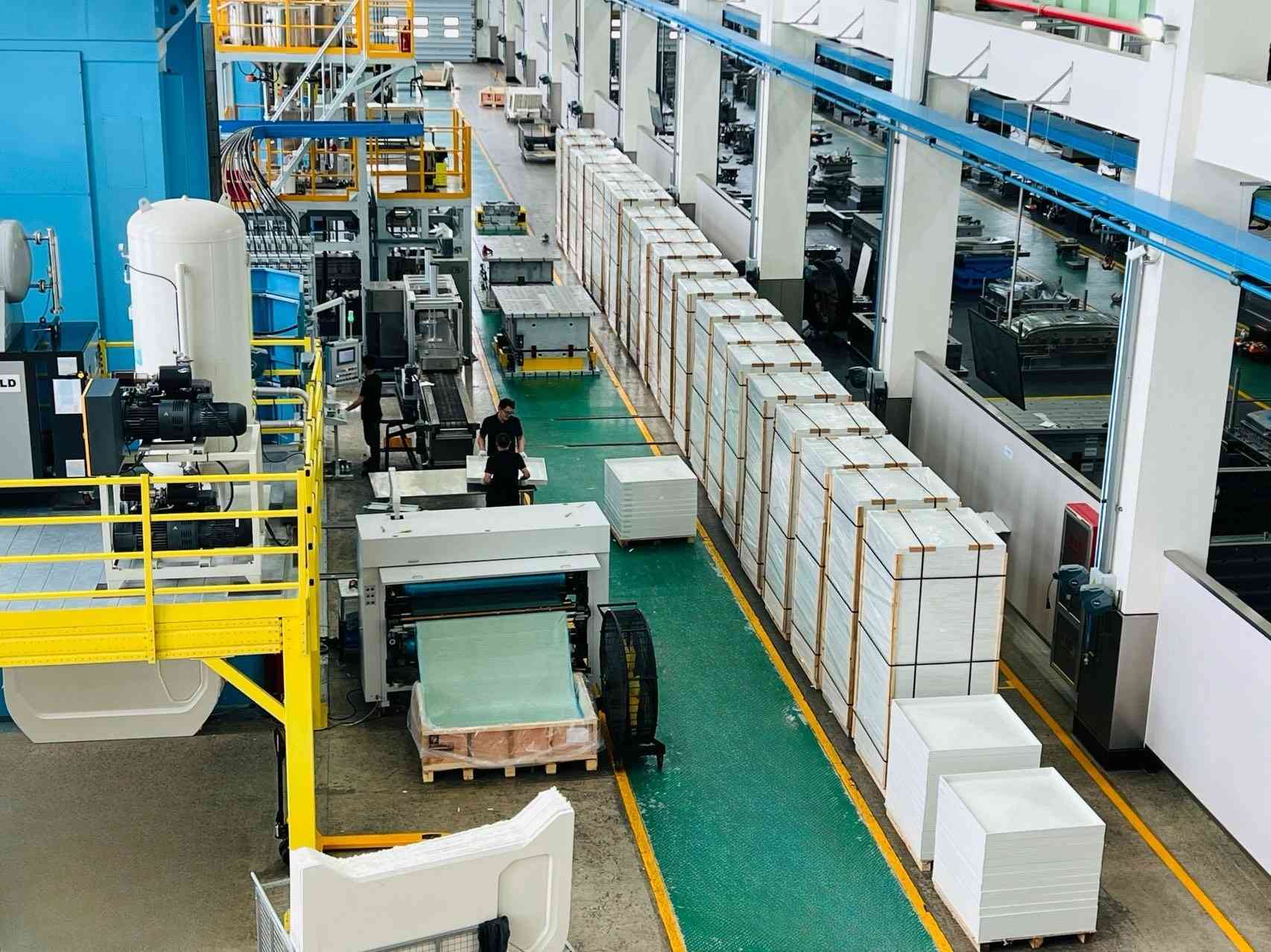GRP, or Glass Reinforced Plastic, is a versatile composite material that has revolutionized various industries due to its exceptional strength, durability, and corrosion resistance. In the tank manufacturing industry, GRP has become the material of choice for producing a wide range of storage solutions, particularly for water and chemical storage tanks. Understanding what GRP stands for and its application in tank manufacturing is essential for industries seeking long-term, cost-effective, and environmentally friendly storage options.

GRP stands for Glass Reinforced Plastic, a composite material made by reinforcing a plastic matrix with fine glass fibers. This process significantly enhances the mechanical properties of the plastic, creating a material that is lightweight, strong, and resistant to both environmental and chemical damage. GRP is often compared to other materials such as steel, concrete, and traditional plastics, but its unique properties set it apart as an ideal solution for tank manufacturing.
The composition of GRP typically involves two main components:
GRP is widely used in the construction of tanks for various industries, particularly where the storage of liquids like water, chemicals, and fuel is required. Some common applications of GRP tanks include:

The widespread use of GRP in tank manufacturing is driven by several key advantages over traditional materials:

To understand why GRP is often preferred for tank manufacturing, it is useful to compare it with traditional materials:
GRP tanks contribute to environmental conservation in several ways:
GRP, or Glass Reinforced Plastic, is a game-changing material in the tank manufacturing industry. Its combination of strength, lightweight design, corrosion resistance, and long-lasting performance makes it an ideal choice for water, chemical, and fuel storage. As industries continue to prioritize cost-effectiveness, sustainability, and durability, GRP tanks are set to remain a leading solution in both residential and industrial applications.
The advantages of GRP tanks over traditional materials, coupled with their ability to withstand harsh environmental and chemical conditions, make them a superior option for any storage requirement. Whether for potable water systems, chemical storage, or industrial applications, GRP offers a versatile and reliable solution.
Experience the brand Trusted by Renowned Companies across the GLOBE.

Pipeco stands at the forefront of the market, recognized as a premier manufacturer, supplier, and exporter specializing in top-tier GRP water tanks, stainless steel water tanks, and SMC manhole covers, FRP Water Tank, Fiberglass Tank, SMC Water Tank committed to delivering unparalleled quality and excellence.